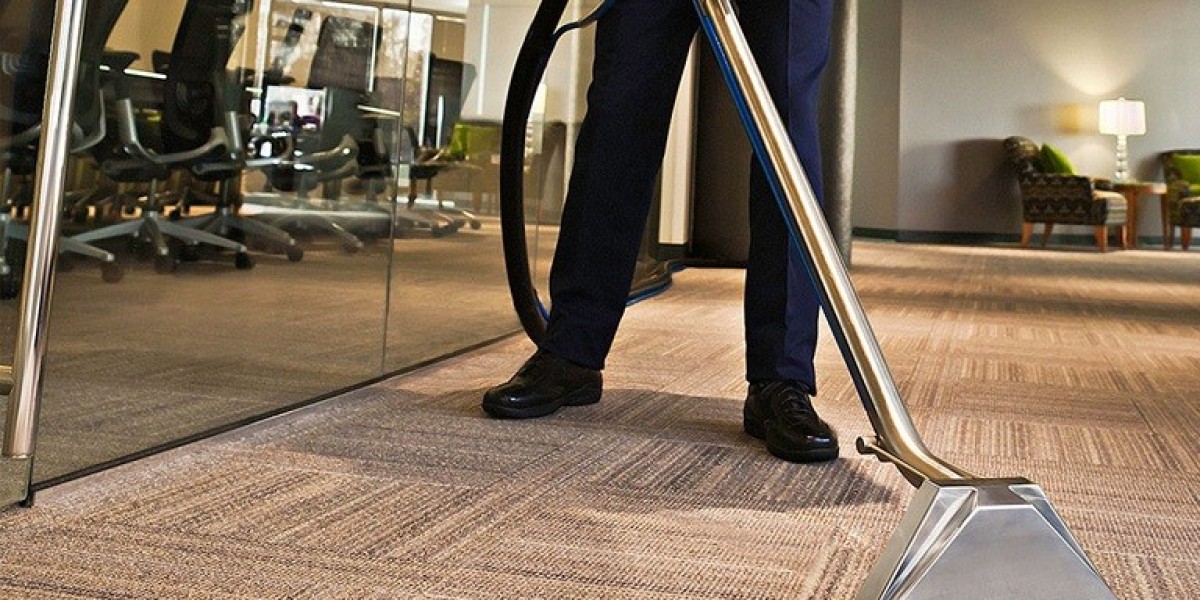In the realm of transportation, the terms "chauffeur vs driver" are often used interchangeably. At a glance, both roles involve operating a vehicle and transporting passengers from one location to another. However, there are notable distinctions between the two, particularly in terms of professionalism, training, services offered, and context of employment. This article delves into the nuances that separate a chauffeur from a driver, helping you understand which service may be most appropriate for your needs.
Defining the Terms
Driver
A driver is a general term that refers to anyone who operates a motor vehicle. This could include:
Taxi drivers
Ride-share drivers (e.g., Uber, Lyft)
Delivery drivers
Bus and truck drivers
Even personal or family drivers
Drivers are primarily focused on getting passengers or goods from point A to point B. While many drivers are skilled and courteous, the role typically emphasizes basic transportation over high-end service.
Chauffeur
A chauffeur, on the other hand, is a professional driver who is specifically trained to operate luxury vehicles and provide premium service. Chauffeurs often work for limousine companies, private individuals, corporations, or high-end transportation services. Their responsibilities go beyond just driving and may include:
Opening doors for passengers
Handling luggage
Maintaining vehicle cleanliness and readiness
Providing route suggestions or planning itineraries
Dressing in formal or business attire
Offering a discreet and polished experience
Contexts of Use
When to Hire a Chauffeur:
For weddings, proms, or luxury events
Executive business travel or airport transfers
VIP client transportation
Long-term contracts for high-profile individuals
When privacy, comfort, and presentation are priorities
When to Hire a Driver:
Day-to-day commuting or errands
Ride-share convenience
Budget-conscious transportation
Delivery or utility tasks
When the journey is straightforward and comfort is secondary
Overlap and Grey Areas
The distinction between a chauffeur and a driver isn't always black and white. Some professional drivers may offer exceptional service without being called chauffeurs, and some so-called chauffeurs may not meet high standards of service. Moreover, the rise of ride-sharing apps has further blurred the lines, as some premium services (e.g., Uber Black) aim to mimic the chauffeur experience.
In some cultures or regions, the terms may also carry different connotations. In luxury markets like London or Dubai, for instance, the role of a chauffeur is held in particularly high regard and is often subject to stricter licensing and training requirements.
Professional Standards and Training
Chauffeurs often undergo:
Defensive driving courses
Customer service and etiquette training
Vehicle maintenance education
Knowledge of local and regional geography
Confidentiality and privacy protocols
Drivers may or may not receive formal training, depending on the job and regulatory requirements. For example, a commercial truck driver in the U.S. must obtain a CDL (Commercial Driver’s License), but a food delivery driver usually only needs a standard driver’s license.
Conclusion
While both chauffeurs and drivers provide valuable transportation services, the difference lies in the level of professionalism, service, and specialization. A chauffeur provides a tailored, high-end experience often suited for special occasions or important clients, while a driver fulfills essential transport needs for everyday use. Choosing between the two depends on your budget, the nature of the journey, and the expectations you have for the service.








